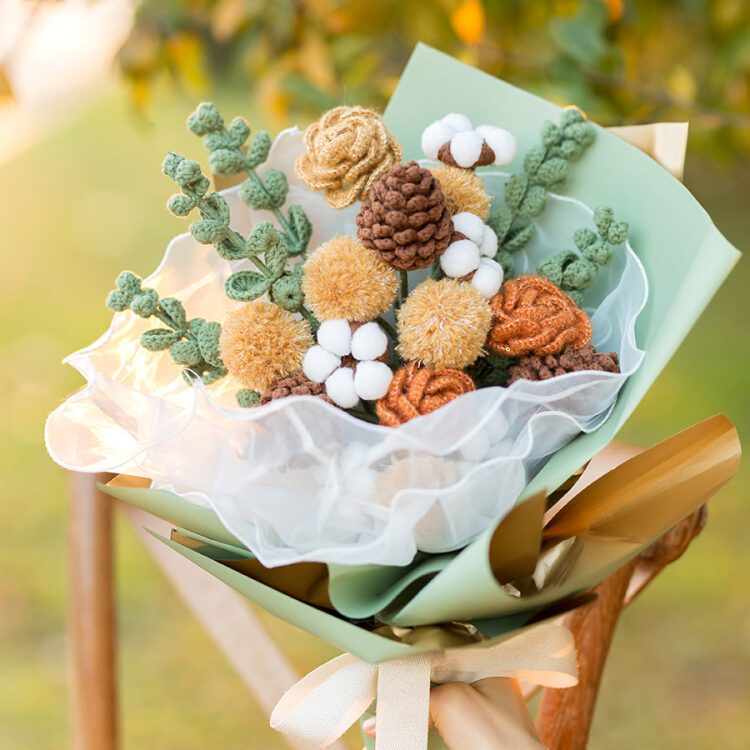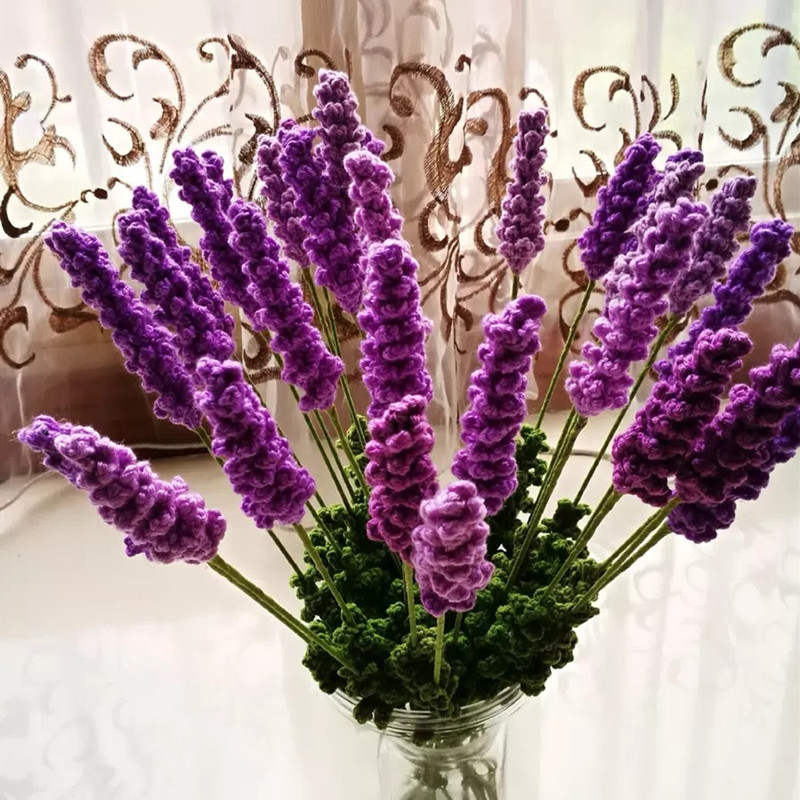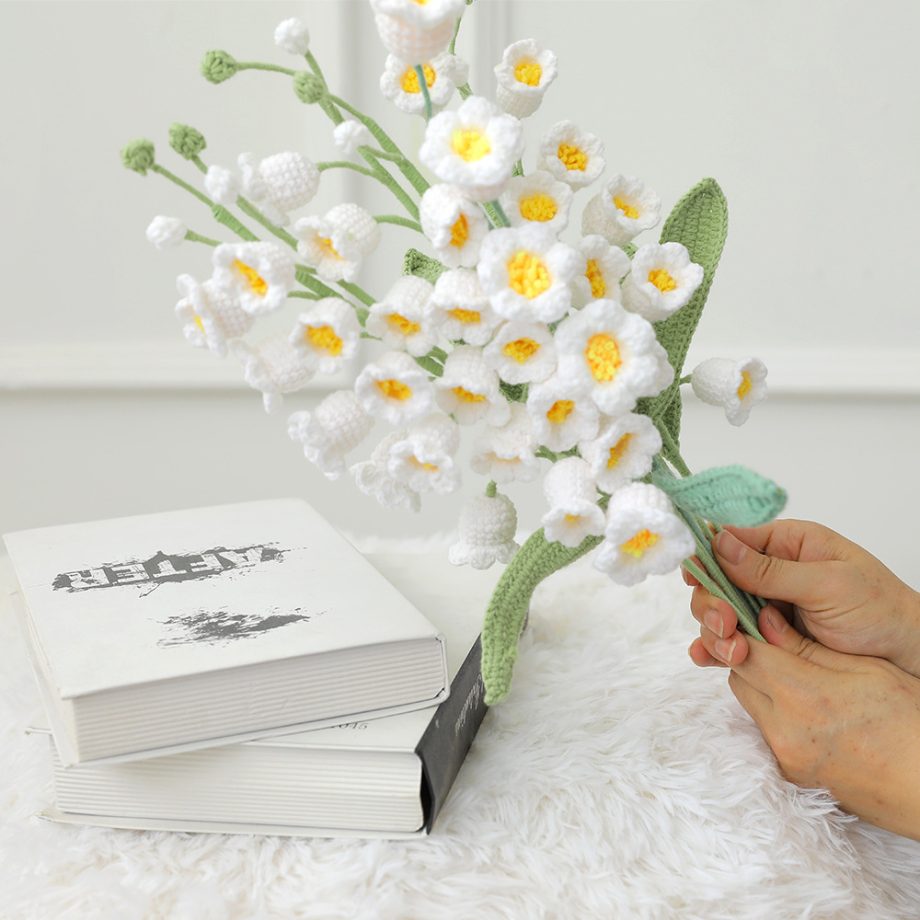In recent years, there has been a growing global awareness of the importance of sustainability and environmentally friendly practices. This awareness has extended to various industries, including the world of handmade crochet. As a craft that involves using yarn and other materials, crochet enthusiasts are increasingly seeking out eco-friendly options that align with their values. In this blog post, we will explore the concept of embracing sustainability with handmade crochet, focusing on eco-friendly materials and practices that can be adopted by both beginners and seasoned crocheters.
Choosing Sustainable Yarn:
One of the key aspects of sustainable crochet is the choice of yarn. Traditional yarn production often involves harmful chemicals, excessive water usage, and the exploitation of workers. However, there are now numerous sustainable alternatives available in the market. Look for yarn made from organic or recycled fibers, such as organic cotton, bamboo, hemp, or recycled polyester. These materials have a lower environmental impact and contribute to the reduction of waste and pollution.
Supporting Local and Fair Trade:
Another way to promote sustainability in crochet is by supporting local and fair trade practices. Instead of purchasing mass-produced yarn from large corporations, consider sourcing yarn from local farmers, independent artisans, or fair trade organizations. This not only supports small businesses but also ensures that the production process is ethical and transparent. By choosing yarn produced through fair trade practices, you can contribute to a more equitable and sustainable crochet community.
Upcycling and Repurposing:
One of the most creative aspects of crochet is the ability to transform materials into beautiful creations. Embrace sustainability by upcycling and repurposing materials in your crochet projects. Instead of buying new yarn, consider unraveling old sweaters or scarves to reclaim the yarn. Explore thrift stores or your own closet for fabrics, t-shirts, or bed sheets that can be cut into strips and used as yarn alternatives. By giving new life to discarded materials, you contribute to waste reduction and demonstrate the endless possibilities of sustainable crochet.
Reducing Waste through Project Planning:
Sustainability is not just about the choice of materials but also about minimizing waste. A sustainable crochet practice involves thoughtful project planning to avoid excessive yarn consumption and leftover scraps. Before starting a project, take the time to calculate the required amount of yarn accurately. Consider incorporating stash-busting projects that utilize small amounts of leftover yarn, such as granny squares, amigurumi, or patches for mending garments. By being mindful of waste reduction, you can create beautiful items while minimizing your environmental impact.
Natural Dyes and Plant-Based Fibers:
For those seeking an even deeper level of sustainability, exploring natural dyes and plant-based fibers can be a fascinating journey. Natural dyes derived from plants, flowers, roots, and barks offer a sustainable and non-toxic alternative to synthetic dyes. Experiment with dyeing your own yarn using ingredients like avocado pits, onion skins, or madder root. Additionally, consider working with plant-based fibers such as linen, nettle, or banana fiber. These fibers are biodegradable, renewable, and often require fewer resources to produce compared to synthetic options.
Sharing and Educating:
Part of embracing sustainability in the crochet community involves sharing knowledge and educating others about eco-friendly practices. Consider organizing workshops or online tutorials to teach others about sustainable crochet techniques, such as upcycling, natural dyeing, or working with plant-based fibers. Encourage fellow crocheters to adopt more sustainable habits by engaging in discussions, sharing resources, and supporting each other’s sustainable initiatives. Together, we can create a thriving community that values both creativity and environmental consciousness.
Conclusion:
Embracing sustainability with handmade crochet is an empowering and rewarding journey. By choosing eco-friendly materials, supporting local and fair trade practices, upcycling and repurposing materials, reducing waste through project planning, exploring natural dyes and plant-based fibers, and sharing knowledge within the crochet community, we can make a significant impact on our environment and promote a more sustainable future.



